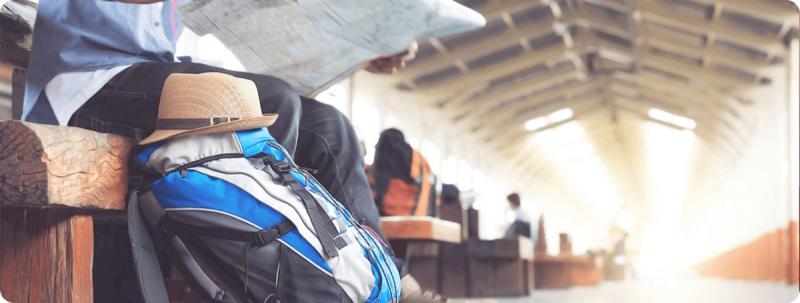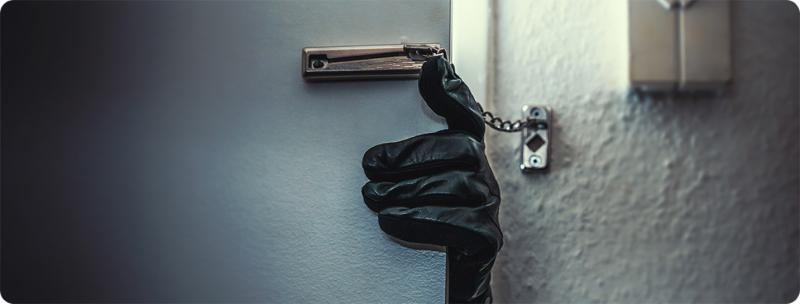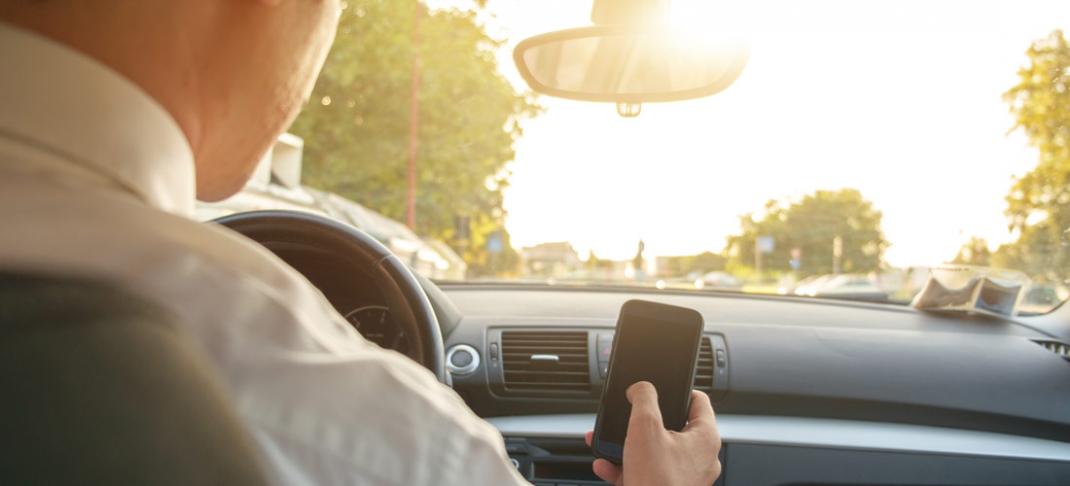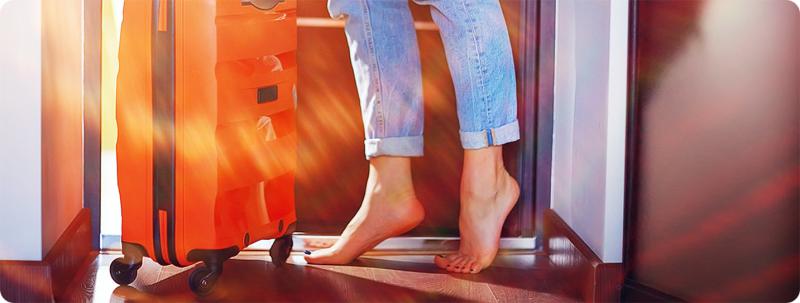Flying solo? Get travel insurance first.
Image
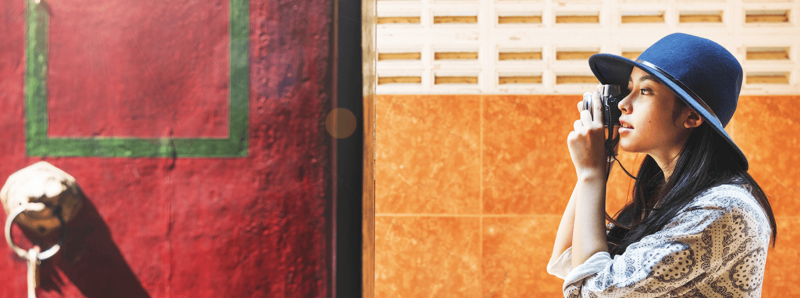
Travelling solo can be pretty great. The freedom to do whatever you want, whenever you want. Not having to squabble with your friends over what to eat, or whose turn it is to wake up the heavy sleeper. There’s no wonder that the number of solo travellers has increased dramatically over the years. But as great as solo travel is, it comes with inherent risks. Travelling solo can be a completely different ballgame, especially if it’s your first time going at it alone. Safety becomes a greater concern, as you can become a target for criminals or scams and you won’t have someone to watch your back.
Here are 7 reasons why you should get travel insurance if you’re travelling solo.
1. You’ll have someone to call in case of a medical emergency.
The truth is, you never know when an accident will strike on holiday. With travel insurance, you have access to a hotline that you can call for assistance. That could mean a world of difference if you’re alone and stuck in a painful situation.
2. You can get refunded in case you have to cancel your trip.
Sometimes, life gets in the way of the plans we make. When that happens, imagine the amount you’ll be spending on a non-refundable trip. By just spending a nominal amount, you could save yourself the worry and protect your trip investment. Purchasing travel insurance is usually just about 8% of your total trip costs!
3. You get reimbursement if you lose items on your trip.
When travelling alone, you have to manage many tasks yourself. Inevitably, things may slip your mind and belongings may be lost. Plus, travel insurance offers coverage for luggage lost during transit so you can continue with your trip. The same applies for stolen belongings, which includes cash and travel documents. Stolen hand-carried baggage is also covered by travel insurance if you file a police report first. Even if Balinese monkeys steal your luggage and fling it off a cliff, you’ll be covered!
4. You get covered for unique activities you may participate in.
If your trip involves solo golfing or doing outdoor activities, you’ll be better protected. There are also insurance policies that provide a ‘special sports’ cover for activities like skiing, snowboarding or scuba diving.
5. You get coverage for flight delays.
If you’ve gone to great lengths to plan your solo itinerary, significant flight delays can affect your travel schedule. In the event that your flight is delayed for a long period of time, you’ll receive some compensation.
6. You get coverage if your home catches fire.
What if you’re on holiday and there’s no one to look after your house? In the event that an accidental fire happens in your home during your trip, this benefit can cover the losses and damages incurred. With travel insurance, you’ll be able to receive coverage for home repairs and valuables such as jewellery, collectibles, home contents and personal belongings.
How to pick the right travel insurance?
Now that you know the basics of travel insurance, you’ll probably be wondering how you can pick the right one. Here are some tips to help you make an informed choice.
Find a reputable provider
Getting the right insurance is critical to having peace-of-mind during your trip. Global companies typically have a good reputation and valuable experience in providing various types of insurance. If you’re on a tight budget, smaller insurance providers can also be the way to go. This would be suitable if you are taking a short trip without a complex itinerary.
Consider the value of your belongings
All travel insurance policies have a limit on the amount insured per item we bring on holiday. If you are packing your laptop, travel documents, golf equipment and large amounts of cash with you, it would be critical to find an insurance plan that covers these valuable items.
Choose a plan that caters to your unique needs
Travelling alone means that you have to take extra precaution to ensure your own safety. If you have a pre-existing medical condition, ensure that your insurance provider can cover the condition. You should also check whether they cover specialist medical care. If you are travelling while pregnant, it is also useful to check if your plan covers women’s benefits for pregnancy-related illness or emergency. Seek an insurance provider with a 24-hour support hotline as this would make it easier for you to get help in event of an emergency.
---
Solo travel can be a great adventure. With travel insurance, you can focus on getting the rest and rejuvenation you need, rather than worry about any complications. Got any questions about travel insurance? Find out more here or reach out to us here.

